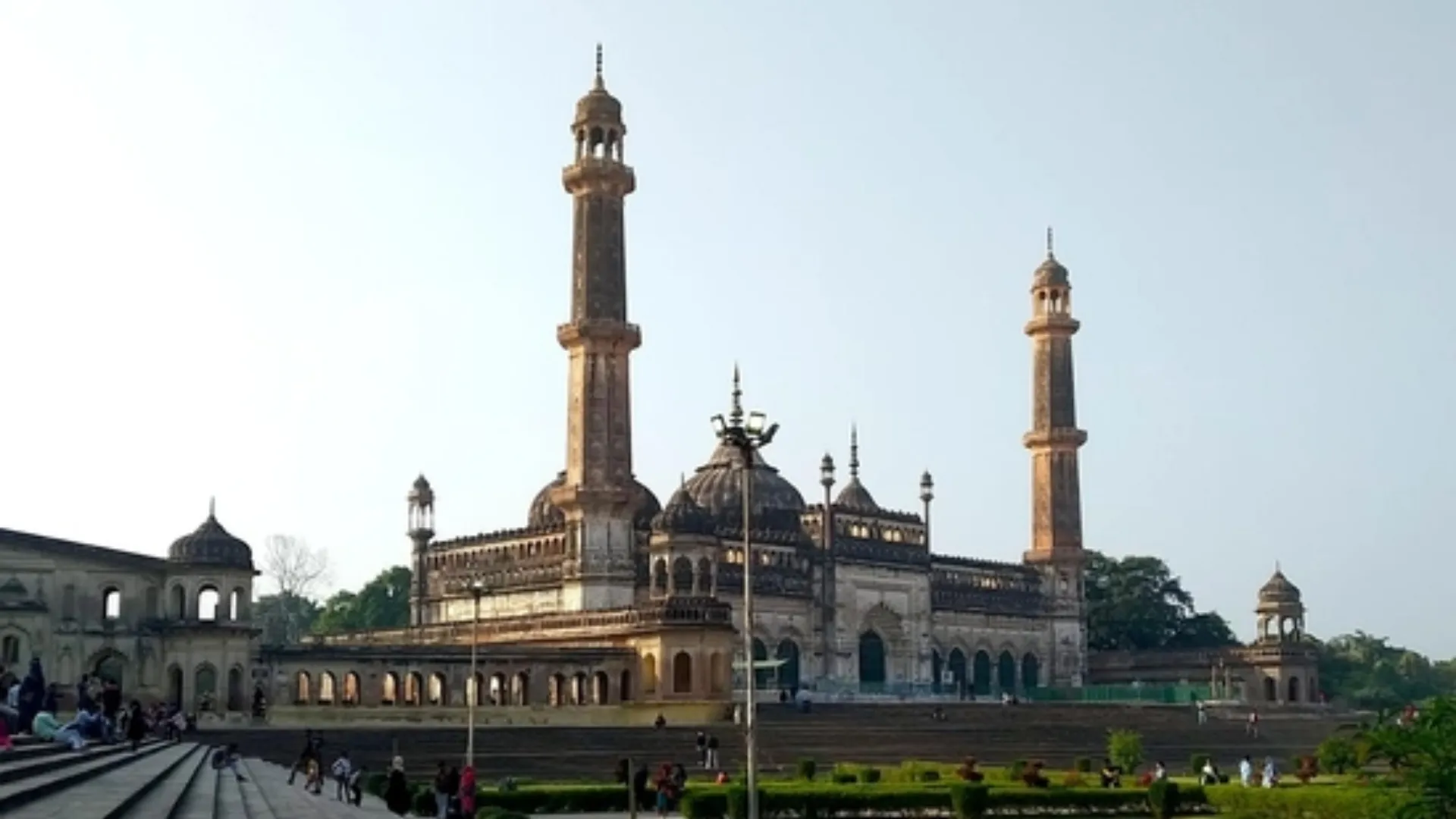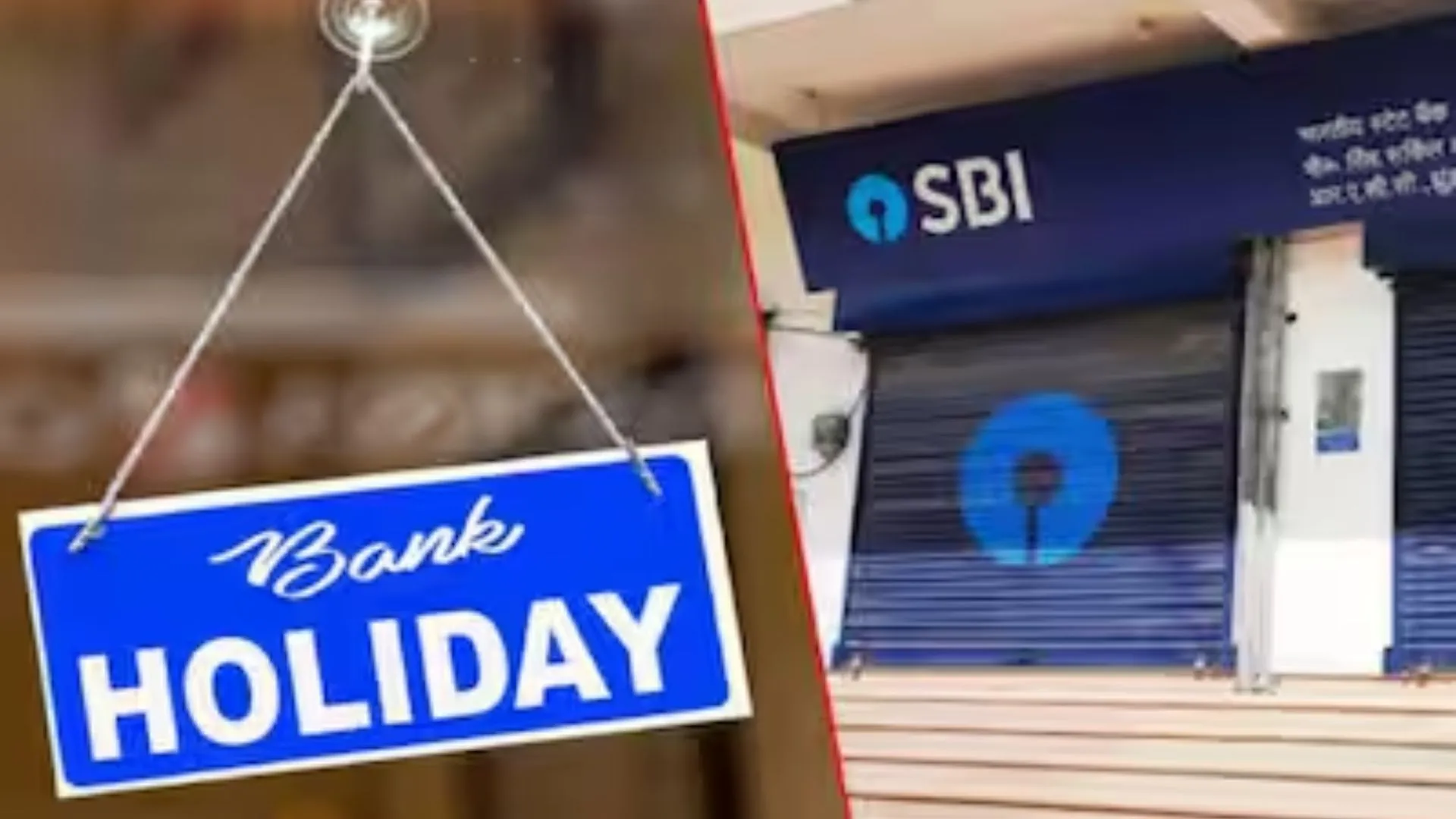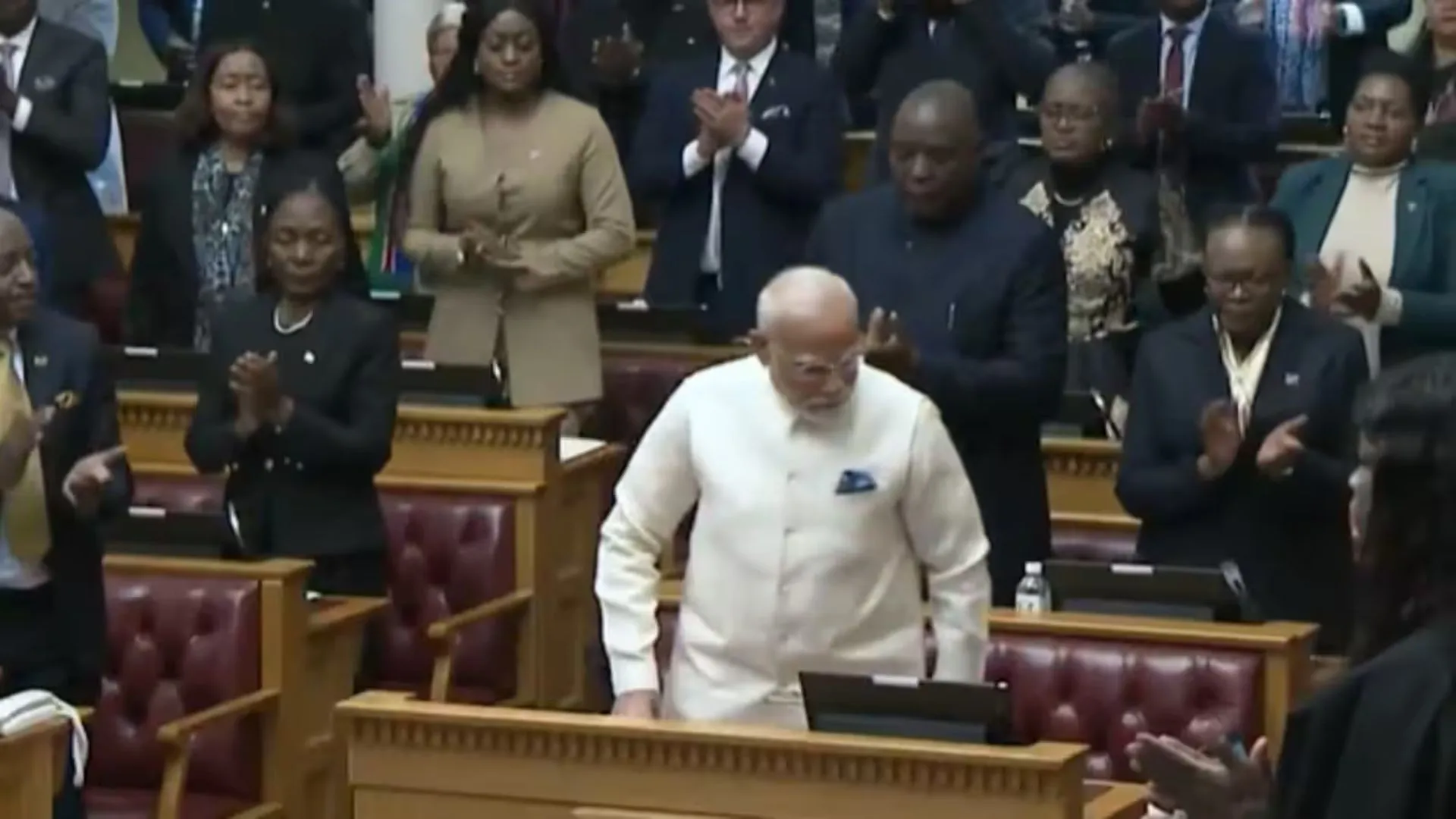Maulana Khalid Rasheed Farangi Mahali of the Markazi Chand Committee of Lucknow has confirmed that Wednesday, 29th May 2025 is the first day of Dhul Hijjah 1446 AH, after the sighting of the crescent moon on the evening of Wednesday, which precedes Eid-ul-Adha or Eid-ul-Azha (also referred to as Bakra Eid, Bakrid, Bakhreid, Eid-ul-Zuha, Eid al-Adha, Eid Qurban, Qurban Bayarami or the Feast of Sacrifice). It will be observed in the capital of Uttar Pradesh on Saturday, June 07, 2025, as per Islamic tradition since the festival always lands on the 10th day of Dhul Hijjah whereas Arafat Day will be marked the day before i.e. on Friday, June 06, 2025.
Spiritual Reflection and Unity Mark Eid ul-Adha
Eid ul-Adha is a reflection and spiritual rejuvenation time because it is a reminder to all Muslims of the value of faith, devotion, and submission to Allah’s will while promoting a sense of oneness and togetherness as individuals from various backgrounds unite to celebrate this festive event. The festival not only deepens family and community relationships but also promotes acts of kindness and charity that are fundamental principles of Islam.
It is a moment of enormous happiness, togetherness and thankfulness for Muslims worldwide when families reunite and communities congregate to enjoy this blessed moment. Muslims don their best attire, usually new outfits and celebrate with special congregational prayers at mosques or open-air prayer areas.
Sermon and Sacrifice: Core Practices of Eid
The sermon in the Eid-ul-Adha prayer focuses on the ethics of self-sacrifice, devotion to God and sympathy towards others whereas one of the pivotal activities of Eid ul-Adha is the qurbani or the slaughter of a cattle, often a goat, sheep, cow or camel. This action represents Prophet Ibrahim’s selflessness to offer his son as a sacrifice and shows that selflessness and devotion to God are essential.
The flesh of the sacrificed animal is divided into three parts: one for the family, one for friends and relatives, and the remaining portion is given to those in need, emphasizing the importance of charity and solidarity during Eid-ul-Adha. This practice encourages empathy, charity and community solidarity.
Dhul Hijjah and the Global Significance of Eid ul-Adha
In a remembrance of Prophet Ibrahim’s sheer devotion to Allah, Eid ul-Adha is a celebration that Muslims across the globe observe in the month of Dhu al-Hijjah. Dhul Hijjah is either the twelfth or final Islamic lunar calendar month and it is the second significant Islamic festival observed by the Muslims after Eid-ul-Fitr.
The start of the Islamic month of Dhul Hijjah is the Hajj pilgrimage to Mecca, Saudi Arabia, one of Islam’s five pillars and followed by Eid Al Adha on the tenth day. Hajj is the pilgrimage Muslims are required to go to at least once in their lifetime if they can.





















